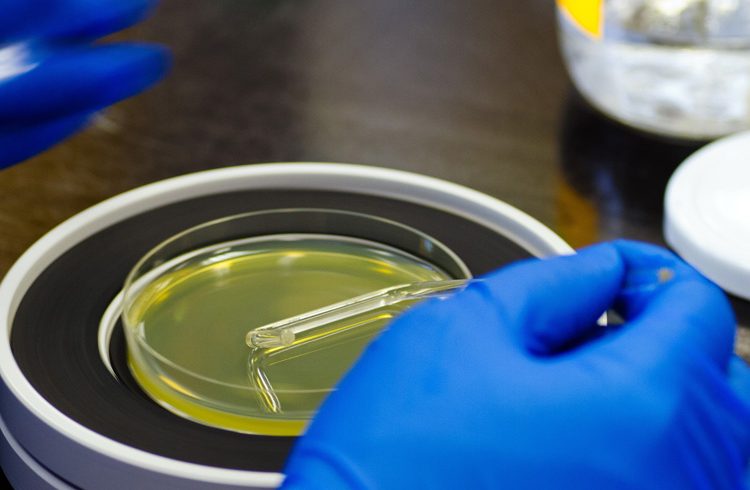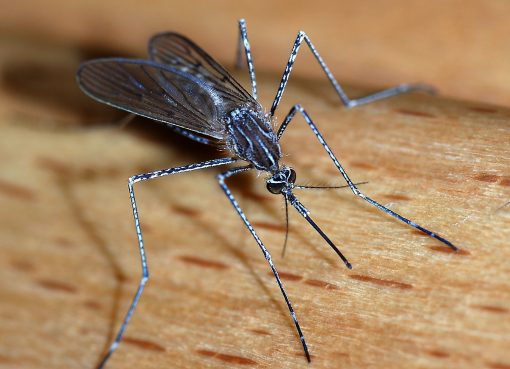Unseen facts of Koala’s Genome
Scientists of Australia from different institutes have for the first time mapped the genome of modern koala (Phascolarctos cinereus). The team has sequenced almost 20,000 genes using supercomputers and state-of art bioinformatics tools. The genome has been sequenced with high accuracy and made available in public databases for worldwide view and use. This genetic information has disclosed many unknown scientific facts of koala such as its ability to eat and digest many highly toxic eucalyptus leaves and the ability of koala mothers to produce milk of different composition with the age of joeys which provides immunity to the young ones. It has also unfolded the immune system and immunogenetics of koalas. The team hopes that the genome information might help to develop vaccine against chlamydia which is the main cause of infertility and blindness in koalas. This genetic information could also be used to develop new treatment strategies for diseases as well as development of strategies for conservation of genetic diversity in koalas’ population.
Nature Genetics (2018): DOI: 10.1038/s41588-018-0153-5
Drug against Chikungunya, now from India
At the present time, the world market is lacking with any drug or vaccine against Chikungunya disease. Recently, researchers from Indian Institute of Technology, Roorkee, India have identified two molecules that possess antiviral activity against chikungunya virus. The identified molecules are peptidomimetic compounds designated as Pep-I (MMsINC® database ID MMs03131094) and Pep-II (MMsINC® database ID MMs03927237). Both the molecules exhibit protease inhibitory as well as antiviral activity. In relation to chikungunya virus, these potent molecules inhibit the enzymatic activity of viral protein ‘nsP2 protease’ which is a strict viral enzyme. Moreover, the peptidomimetic compounds also inhibit replication of chikungunya virus in BHK-21 cells. Thus, these compounds could be a solution to counteract chikungunya virus infection.
Biochimie (2018): DOI: 10.1016/j.biochi.2018.04.004
Test-tube Embryos of Rhinoceros
Rhinoceros are either vulnerable or endangered mammals across the globe and out of all species, the northern white rhinoceros (Ceratotherium simum cottoni) is on the brink of extinction with only two female members. As a conservation step in saving this nearly extinct rhinoceros sub-species, reproductive specialist from Germany and Italy have produced embryos and embryonic stem cells in petri dishes. With the aid of assisted reproduction techniques (ART), the group of researchers fertilized oocytes of southern white rhinoceros with the sperm of the same sub-species and frozen sperm of dead northern white rhinos. The fertilized oocytes were successfully grown up to blastocyst stage in-vitro. Some of the embryos were cryopreserved for future transplantation into the wombs of surrogate mothers while others were used to establish embryonic stem cell lines.
Nature Communications (2018): DOI: 10.1038/s41467-018-04959-2
Make your Pet Immortal
Pet owners always dream of keeping their pets alive as pets make a very strong bonding with their respective owners. Now, this dream of pet owners can be fulfilled after successful cloning of world’s smallest dog with the aid of reproductive cloning. According to the Guinness Book of World Records, ‘Miracle Milly,’ a six-year-old Chihuahua is the world’s smallest pet dog (2012-2018) with 9.65 cm height and around one pound weight and has been cloned 49 times. The owner of Milly (Vanesa Semler from Dorado, Puerto Rico ) lives with 12 nos. of clones – Molly, Mally, Melly, Molly, Mumu, Mila, Mary, Mimi, Moni, Mini, Mela and Mulan. Milly has been cloned in the Sooam Biotech Research Foundation in Seoul, South Korea. Although, the commercial cloning of animals remains a controversial topic but Sooam Biotech Research Foundation has cloned hundreds of pets and charges around $100,000 to bring a pet back to non-fictional world.
3D view of Cells inside the Body
A bench of scientists from the Medical Institute of Howard Hughes (USA) has created a new microscope using two older microscopy technologies and three separate microscopes for high resolution 3D view of working cells inside human body. This new powerful technology is named as “Frankenscope”. To achieve the goal, scientists have used adaptive optical lattice light-sheet microscope designed (AO-LLSM) which is a combination of lattice light-sheet microscope (LLSM) with two-channel adaptive optics (AO). This technology enables in vivo imaging of dynamic subcellular processes such as endocytosis, organelle remodeling, and migration of immune and metastatic cancer cells. In near future, it may assist the physicians to demarcate the healthy and sick cells inside the body for better and effective diagnosis and treatment.
Science (2018): DOI: 10.1126/science.aaq1392
Pig without Sick
Porcine reproductive and respiratory syndrome (PRRS) caused by PRRS virus (PRRSV) brings major economic losses to the global pig industry. Although vaccines are available but it can only partially protect against PRRS infection. To address this problem, scientists have used a genetic approach to produce complete resistance pig against PRRS. Christine Burkard and his co-workers have generated genetically modified pigs that are completely immune to PRRS. To achieve the goal, the team has deleted the scavenger receptor cysteine-rich domain 5 (SRCR5) region of CD163 gene in pig zygotes using CRISPR/Cas9 editing tool because SRCR5 domain plays an important role in interaction of PRRSV with the host cells. The modified pigs having 450 lesser letters of DNA were healthy from all dimensions and on challenged experiment with PRRSV, they were not affected by the disease. By this approach pigs can be made immune not only to PRRS but also other deadly diseases of pig like swine fever and economy of the pig industry can be up-lifted world-wide.
Journal of Virology (2018): DOI: 10.1128/JVI.00415




